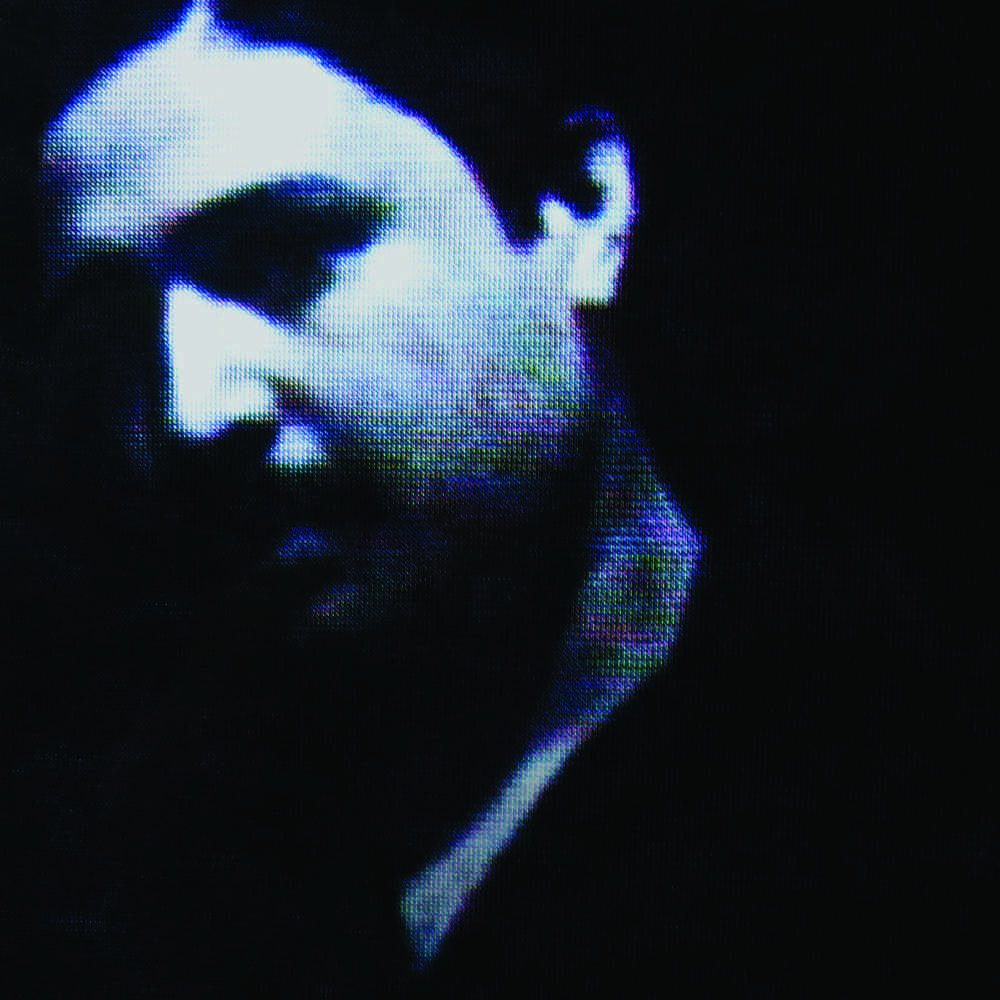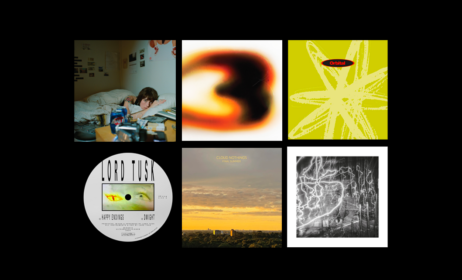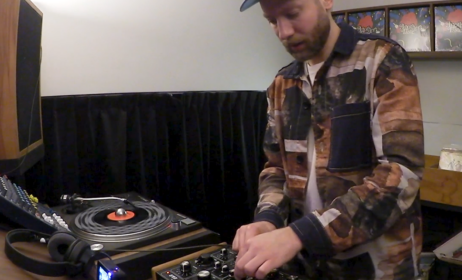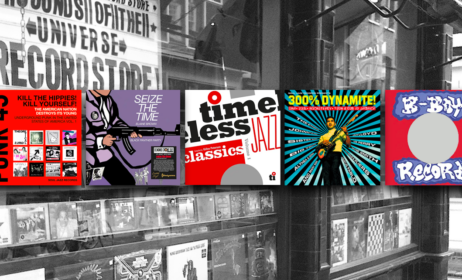Published on
August 30, 2022
Category
Features
In Permanent Rotation, producers, DJs, and musicians go deep on the albums that have inspired them.
Montreal-based electronic musician Marie Davidson is best known for her thrilling solo work, but she’s also produced and performed as Essaie pas, alongside her husband Pierre Guirineau, and most recently as L’Œil Nu, with Guirineau and Asaël Robitaille. She’s currently working on an upcoming solo album.
When asked to choose the record that’s had the most impact on her, Marie Davidson’s first instinct was to groan.
“There were at least 50 records I could have chosen from,” she says. “I could have picked any Kraftwerk album, I could have talked about any early Detroit techno album, like Model 500 or Underground Resistance. I could have chosen any Giorgio Moroder album made with sequencers that had a very big impact on me at the time.”
Ultimately, she selected Double Invitation by Montreal-born, Paris-based electronic artist Bernardino Femminielli, a record that had a strong influence on not just her music, but her personal life too.
Davidson was in her “baby step era” of learning how to use drum machines and synthesisers when she first heard it, in 2012.
“I was 24 or 25 when the record came out and I was a nobody,” she recalls. Bernardino was a friend and already an important figure in the Montreal underground scene. He was “making the kind of music I wanted to make,” says Davidson – specifically: using hardware alongside real drums, bass, and guitar.
“I thought it was so mysterious, elegant and very sensual, yet very cold and rigid,” she says of the album, a Lynchian, noirish blend of post-punk and Italo disco. “That’s why I like working with sequencers so much, there’s precision and a mechanical feel, but it’s very groovy and sexy at the same time. It’s different to just programming on a laptop, the feeling is very different when it’s done on a machine.”

So enamoured was Davidson with the record, “I confused my feelings and I thought I was in love with the person,” she laughs. She and Femminielli ended up dating for a couple of months, “just to the point where we realised we were just meant to be friends.”
Content as friends and, a decade on, happily married to other people, the pair’s stories have remained interwoven – laced together by Double Invitation.
One track on the album, ‘Chauffeur’, is named after the man who would become Davidson’s husband – Pierre Guerineau, the other half of the minimal duo Essaie pas with Davidson – who drove Davidson and Femminielli to a music festival they were both playing at in Quebec around a decade ago. It was with Femminielli and other friends that Davidson went to Berlin for New Year’s Eve in 2012, fell in love with the city, and moved there a few years later.
“We’re more like brothers and sisters at this point,” says Davidson, adding that she and her husband often hang out with Feminielli and his wife. “We’re all friends and family.”
According to Davidson, Femminielli’s music was very present in her sound early on, particularly on ‘Excès De Vitesse’, from her third record, 2015’s Un Autre Voyage.
Made using machines including Roland’s TR-505, the Arturia Minibrute with the MFB Step 64 sequencer, Boss Digital Delay (“DD3 or DD6”) and a Korg monotribe for overdubbing, “it’s very very stripped down,” Davidson says of the track that put her on the map, “influenced by that kind of early sequencer, drum machine music that Bernardino was capturing so well on Double Invitation.”
By contrast, Davidson says Femminielli “doesn’t really like to nerd out about music equipment at all.” She able to use one of his synthesisers for a few weeks when he went on tour to Europe around the time Double Invitation came out, allowing for a palpable connection with her inspiration.
The pair have shared decks – most recently DJing together in Paris – but have never talked about making music together.
In some ways, there’s no need – such has been the influence of Double Invitation.
“For me, in my first year of making music, it was very, very present in my influences and an example of good music. It was something to look up to,” says Davidson. “There’s no Marie Davidson without Bernardino Femminielli.”
Photo: Olivia Vale





